After the wreck of the aircraft carrier, the cat was no longer taken aboard and remained ashore. Unsinkable Sam lived for a while in the office of the Governor General of Gibraltar, then he was sent to Great Britain. In Belfast he met the end of the war. Unsinkable Sam died in 1955 by the sea. At the National Maritime Museum in Greenwich, you can see a portrait of the heroic cat by artist Georgina Shaw-Baker.
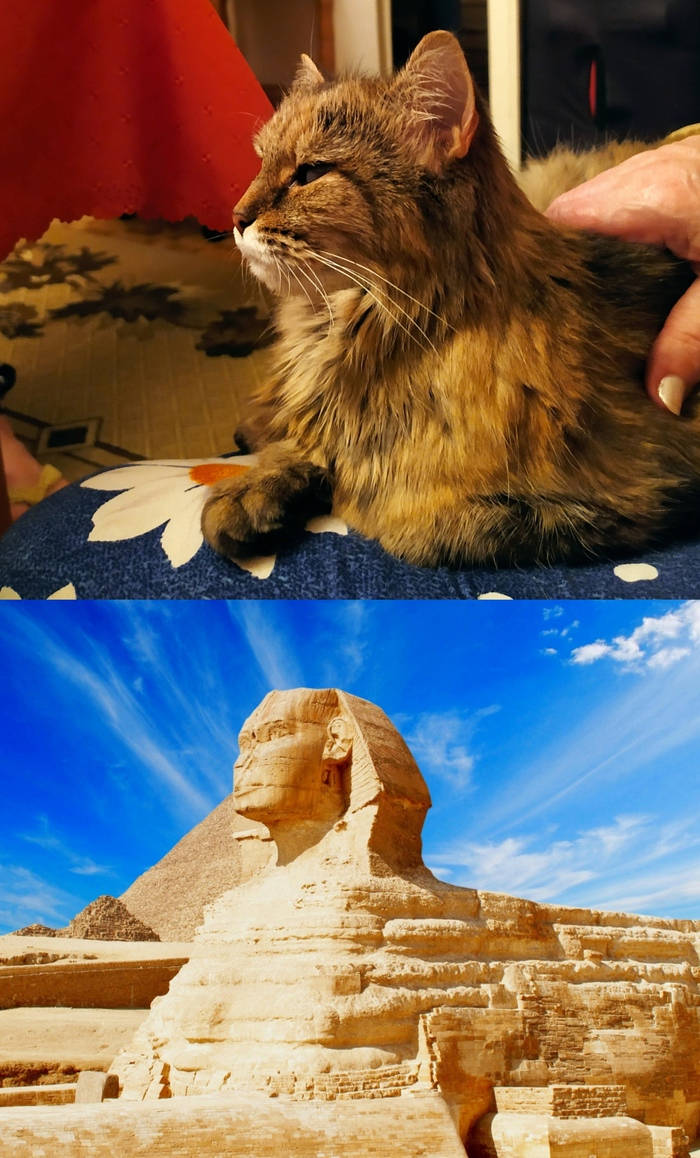
- A little about ancient cats
- Family tree of the feline family
- Mystical theories
- The Biblical version
- Egyptian Legends
- Guests from the Moon
- Aliens from distant stars
- The domestication process
- Where did the cats come from?
- Where did cats come from and who did they come from?
- Where does the cat's soul go after death (Scandinavian myth)
- What did ancient cats look like?
- Possible ways of cat evolution
- But how did these beautiful animals come to such success?
- Why is this the case?
- Unsinkable Sam
- How domestic cats appeared
A little about ancient cats
The science of paleontology, which studies animal fossils, has revealed that several tens of millions of years ago the descendants of the original insect-eating animals, which already had some similarities with modern mammals, divided into several groups. These groups later became the founders of various evolutionary branches.
In the process of evolution, one of these groups changed its food and evolved from an insectivore to a carnivore. They were the ancestors of predators and were called myacids. Externally, they were very similar to their insectivorous relatives: small elongated body, short legs and narrow muzzle. But it is assumed that their brains were more complex because their skulls were much larger.
Myacids are the ancestors of the ten existing families of carnivores. Three of these families – harbor seals, long-eared seals, and walruses – returned to the aquatic environment and adapted to it anew.
The other families – bear seals, dog seals, raccoon seals, raccoon seals, hyena seals, wyverns and cat seals – developed fine hearing and sense of smell, gained more speed and sharpness on land.
Family tree of the feline family
The common ancestor of the three branches of the feline family (small cats, big cats, cheetahs) is the neophelid. At the same time, another lateral branch of felines arose, the paleofelids, which in turn divided into two groups: the Nimurawines and the Ancient Saber-toothed Cats.
The animals lived for about 30 million years and then became extinct for unknown reasons. There is also a general theory that cats evolved from the creodonts, a group of extinct predatory mammals.
In a further evolution of the neophelids about 20 million years ago, Pseudaelurus appeared, which was about the size of a lynx and preyed on smaller animals. From Pseudaelurus came two branches of felines: the first was the ancestor of the fast and nimble modern cats, and the second was a heavy, slow, sluggish animal that preyed on large herbivores of the time.
The most famous is the saber-toothed tiger of the Ice Age belonging to this branch. Its tusks were more than 20 cm long. They were located on the upper jaw and when the animal closed its mouth, they lied on the sides of the lower jaw.
After living for about 40 million years, saber-toothed cats disappeared along with huge herbivores (giant deer, musk ox). This happened about 10 million years ago. The Neophelidae were also the progenitors of the primitive big cats. They were as big as a lion and became extinct about 1 million years ago.
Until now, a more adapted and less specialized branch of the feline family has survived.
Over time, they have evolved in three different ways: big cats like lions, leopards, tigers and jaguars; small cats of different stature and color from domestic cats to cougars; cheetahs, which occupy a separate branch of the family tree of felines.
Mystical theories
Throughout history, whole legends were born to explain where cats came from on Earth. Today, it is these animals that are considered the most mysterious of all that ever existed.
The Biblical version
After a few months of sailing on Noah's ark, rodents multiplied. To prevent the passengers from starving to death, God ordered Noah to stroke the lion's nostrils. As a result, cats jumped out of them and immediately hunted.
A similar version was common among the inhabitants of the territories occupied by modern-day Iran and Turkey. They believed that mouse hunters arose as a result of the sneezing of the king of beasts. Separately, the Bible tells of the Siamese. It is claimed that they are the fruit of the love of a monkey and a lion.
Egyptian Legends
The ancient Egyptians believed that once a bald predator arrived on our planet from parallel worlds and alien planets. Here she fell in love with a wild steppe cat and decided not to return. From their children, new breeds later emerged. Pharaoh Ehnaton considered himself heir to the God Ra, and the furry companions as his closest relatives. The eminent scientist Pythagoras was a supporter of this version and even planned to prove it, but did not succeed.
Guests from the Moon
The philosopher Plotinus (a disciple of Plato) believed that the ancestors of the familiar pets came to Earth from the Moon. In favor of his version, he cited evidence: a nocturnal lifestyle and the ability to see perfectly well in low light.
Aliens from distant stars
Theologian Augustine the Blessed had his own version of how cats came to be. He believed that God sent them to earth on purpose to escort the souls of the deceased to a parallel world. Echoes of this theory can be heard today. Many believe in the ability of pets to travel to parallel universes, to see unidentified human beings and come into contact with them.
The domestication process
Most experts believe that domestication occurred simultaneously with the development of gardening. Humans no longer needed to constantly search for food. Moreover, the first food surpluses began to appear. At the same time, the question of their preservation arose. The warehouses became the main place of accumulation of rodents, which not only caused financial losses, but also spread dangerous infections.
Predators preying on small pests were a lifesaver in this case. Then mankind faced the challenge: to tame the furry hunter, to make him stay forever. Because of his freedom-loving nature to do it was not easy. According to one of the versions, people tracked down wild animals and took away their offspring, which were subsequently raised.
The great merit in domestication belongs to the Egyptians. They not only treated animals kindly, but also deified them. No one had the right not only to kill the hunter, but even to think about harming him in any way. Such a thing was punishable by death. Furry animals lived in temples and dwellings of the elite. When they died, they were buried with honor. The owners had their eyebrows removed as a sign of grief. The mourning itself lasted the same length as for humans – 70 days.
In China, rodent hunters coexisted with humans already more than 5 thousand years ago. Confirmation of this is the result of radiocarbon study of animal remains found during archaeological excavations in the village of Quahukun. The Chinese praised predators no less than the Egyptians. They valued animals not only for their hunting qualities, but also for their loyalty.
As for Europe, here the attitude to small carnivores was more cool. In Ancient Greece and Rome they were loved, but not deified. In Western Europe, cats were less fortunate. Initially they were quite valuable. In the Ⅹ century a kitten was worth more than a lamb, and violation of the rules of its keeping was followed by punishment. The ancient Scandinavians regarded the moors as subjects of Freya, the goddess of love.
Where did the cats come from?

Breeding work was also carried out to get cats with short legs, non-standard shape of ears, or tailless. With the passage of time and evolution, domestic cats have begun to change in character as well. Some breeds, such as the ragdoll, are true companions. They can boldly be called "cotops." This breed of cat is calm and gentle in temperament and is well-trained.
Disputes about where the cats are better – in freedom or near a man, do not stop. But it is worth noting that domestic purebred cats can become feral, but at the same time do not suffer from being in the apartment.
These animals are happy to see the owner, do not mind to pay for a toy mouse, but at the sight of a living rodent can be seriously frightened. The food that modern cats eat suits them best, because their digestive system has undergone changes and adapted to the new kind of food. If we talk about cats living in conditions close to the wild, their character is a little different. These animals need more freedom.
Even after 2.5-3 thousand years, domestic cats can have a wide variety of sizes and characteristics. They could be animals that resemble a tiger in size, but be gentle, docile and compliant. It is possible that in the course of evolutionary development, cats will displace dogs, being used for guard duty, searching for objects or catching intruders.
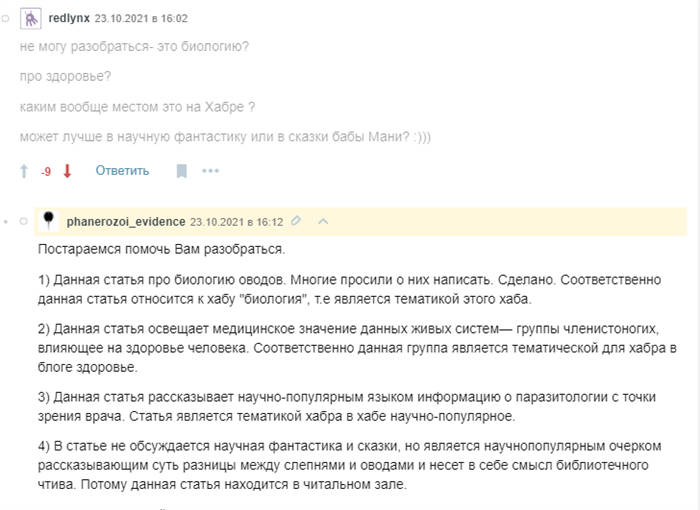
Due to the high volume of questions coming in, free veterinary consultations have been temporarily suspended.
Where did cats come from and who did they come from?
The history of the origin of cats is still shrouded in mystery. Today we know that ancient people imprinted these animals on manuscripts and drawings as early as 10-15 thousand years ago.
Each breed, each type of cat has its own unique history, which originates far back in antiquity. A lot is known about cats, but not everyone knows where cats came from, why they began to live side by side with humans, how their history began in Russia and how they spread around the world.
Cat – a genus of mammals in the feline family, family – predatory. Currently there are about 600 million pets around the globe.
Cats are descended from forest and steppe ancestors, who were wild for a long time.
Derived the word cat from the Old Russian word "kot'ka", which in turn comes from the Latin – "cattus".
Scientists are still arguing about the origin of these animals on Earth. At the moment there are two known theories, one biblical and one scientific.
The second theory states that the first cats on the planet appeared long before their domesticated relatives, namely – about 60 thousand years ago. Many zoologists believe that the ancestor of cats was the proaiurus, currently extinct species, which gave rise to two branches:
If you turn to historical summaries and genetic analyses, the first domestic cats were found in ancient settlements about 10,000 years ago.
Where does the cat's soul go after death (Scandinavian myth)
Like humans, every animal has a soul. Like the human soul, the soul of an animal does not disappear after the death of the body. It goes to heaven – because animals are sinless – and walks across beautiful green fields to the Bridge of the Rainbow.
This is a wonderful Bridge: here all the animals are happy, they are not tormented by hunger and disease, there is no enmity between them – they have fun and play with each other.
But one day each of them stops having fun, stands still on the Bridge and stares intently into the distance. It means that the soul of a human being, the owner of the animal in life, is about to leave the earthly world…
Suddenly, the soul of the animal is overflowing with happiness. It jumped off the spot and rushed over the Rainbow Bridge to meet its master's soul and never to be parted again.
What did ancient cats look like?
The basic, classic theory of the emergence of domestic cats is that the current pets are the descendants of the steppe wild cat, which still exists on the territory of India, Kazakhstan, Asia, Africa and Transcaucasia. These cats can be of many different colors, with stripes and spots. The steppe cat is larger in size than its descendants, but leads the same lifestyle – hunting at night, preferring solitude. The purpose of the steppe cat is to catch small birds and rodents.
According to archaeological research, in the territory of the modern Middle East, there was the Fertile Crescent. This region included the territories of Mesopotamia, Assyria, Egypt and modern Libya. The Fertile Crescent is believed to be the cradle of civilization. It was in this region more than 10 thousand years ago that ancient people began farming and raising livestock. Along with grain, rodents, house mice, also appeared in ancient barns. It is believed that this was the reason and prompted people to tame the wild steppe cats in the house to protect the grain.
The fact that cats have been around human dwellings has long been known. But relatively recently, archaeologists have discovered a burial made about 9.5 thousand years ago, proving the beginning of domestication of cats.
The natives of the Fertile Moon region, brought cats to the island. In Egypt, the domestic cat began to be revered around the 3rd millennium BC.
On the territory of modern Europe, according to scientists, the cat entered with the Phoenicians, who were famous for the art of trade. In the territory of ancient Greece, there were huge numbers of lions, but domestic cats quickly supplanted the place under the sun. The newcomers had a resounding success. Cats were valued and treasured, and only by the 10th century A.D. did these animals gradually become demonized.
On the territory of Russia, the cats have got together with the sailors. It is known that this happened before the 10 th century, that is, before the Baptism. Cats were immediately respected. What to say, for one cat was paid more than for a ram or even a cow. It is noteworthy that domesticated dogs cost about the same as cats. Interesting is the fact that the word cat is not Russian by origin. The progenitor of the word was the Latin name of the cat – "cattus". Until the 15 th century, in Russia, a female cat was called "kotka", and only over time, the word began to sound more affectionate – kosha, and then added the letter "k".
Possible ways of cat evolution
Domestic cats are undoubtedly affectionate, calm and gentle animals. But at the same time they have remained wild, belligerent and independent. According to studies, the cat is by far the most popular pet in the world. The total number of cats in the world, living with humans is more than 600 million. And despite this, cats remain mysterious animals with unclear origins.
A number of pets, have been domesticated by humans to get out. It took years to tame cows, sheep, goats and dogs. And cats, by the way, were never domesticated. Wild animals were domesticated for the sake of security, meat, milk, wool, or to do hard physical labor. Cats, on the other hand, are not used in human activities.
Felinologists argue that in terms of its characteristics, the cat is not the best candidate for domestication. The point is that most of today's domesticated animals are herd animals. By assuming the role of the alpha male, humans gained control over the entire herd or flock. By providing the herd with shelter, food, and protection, man was able to adapt these animals to a new life. But cats are very different. They are solitary, obligate hunters – demanding only meat and zealously defending their territories. The exception in this case, are lions, forming prides. Domesticated animals eat mostly plant foods, unlike carnivorous cats.
Evolved cats, have almost completely lost the ability to taste sweet and even taste in carbohydrates.
It is also noteworthy that cats are not trainable, so it is not possible to use these animals for any beneficial activities.
Nevertheless, cats have been with humans side by side for centuries. There is an assumption that humans have not domesticated cats. These animals themselves chose to be near humans and their dwellings.
Neolithic times, the beginning of agriculture, cattle breeding of ancient people and the creation of stable settlements, brought their own adjustments to the wild animal world. Domestic mice were also hungry and inquisitive and showed a keen interest in granaries. It is believed that house mice were the fundamental factor that attracted wild cats to human dwellings. Garbage dumps located on the outskirts of ancient cities were also considered an excellent hunting ground for cats. Access to food scraps and mice was a major factor in why cats chose to live near humans. Very little care was taken of the cats, so the animals had to survive on their own.
But how did these beautiful animals come to such success?
To answer that question, we have to go back 66 million years, to a time before feliforms (Feliformia) was still a few million years away. At that time, the family Miacidaewhose members were presumably the ancestors of the carnivora (Carnivora). And the first Carnivora were the ancestors of the catlike (Feliformia) and canine (Caniformia).

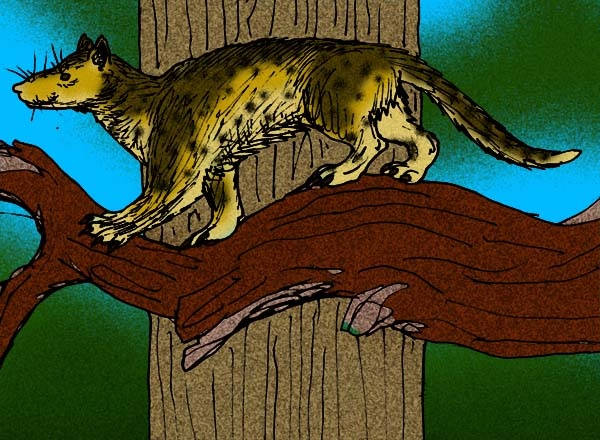
Members of the family Miacidae were small carnivores that ran through trees and hunted small prey. Presumably, they preferred insects, lizards and small birds. A typical representative of this family is Dormaalocyon latouriwhich lived about 56 to 47 million years ago. It did not weigh more than one kilogram. This animal is one of the few known to science that can be classified as a common ancestor (or close to a common ancestor) of dogs and cats.
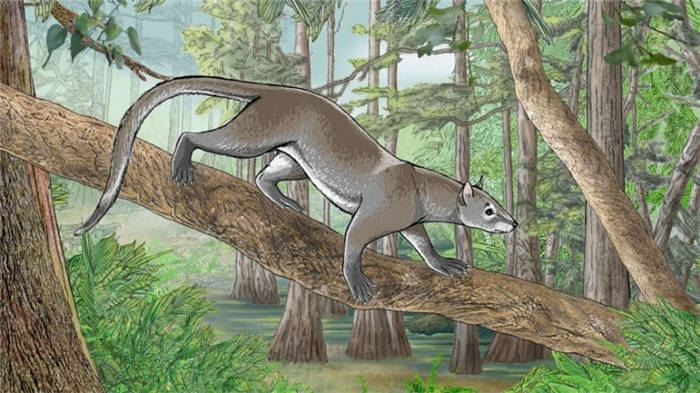
Unfortunately, there is not much data on this period of cat evolution. And the reason for this is the habitat of these animals. They lived in the forest, and this area (despite the abundance of living organisms) is not suitable for fossilization (formation of fossils). After all, animals dying in the forest can be immediately eaten by other animals. And if no one discovered the corpse, it would rot without that. So that the skeleton just does not have time to become a fossil (more about this we wrote a post here.
Why is this the case?
As a rule, new paleontological finds the media likes to call someone's ancestor or a missing link. But, unfortunately, we cannot say for sure that this or that find is an ancestral form. After all, it is possible that a particular species is simply the closest relative of the one we want to designate as the ancestral form. Their common ancestor, on the other hand, may not have become a fossil. But that doesn't stop us from seeing the direction in which this or that group of animals moved. For example, we can clearly trace that Maniraptors tended to decline, which eventually gave rise to birds.
If you study the evolutionary tree, you can clearly see what I am talking about. There each species is depicted as the closest relative of the other species, and we don't see any clear ancestral forms. The situation only changes for the better in geological epochs close to ours. The number of fossils found is greater, and so we can clearly trace that one species flows smoothly into the other. You can see this when you study human evolution.
You can clearly see this fact on the phylogenetic tree of Tyrannosauroids.
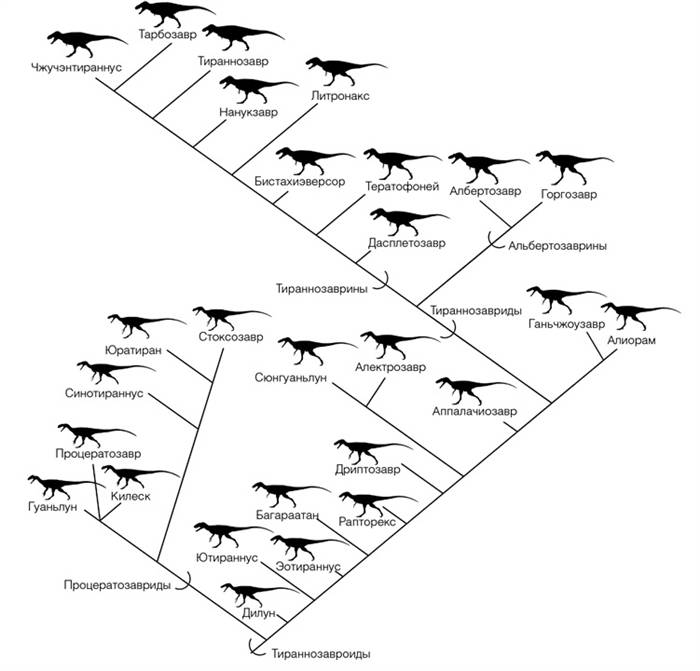
Unsinkable Sam
Unsinkable Sam is a cat who sailed on a German battleship, a British destroyer, and then an aircraft carrier during World War II and survived the wrecks of all three ships.
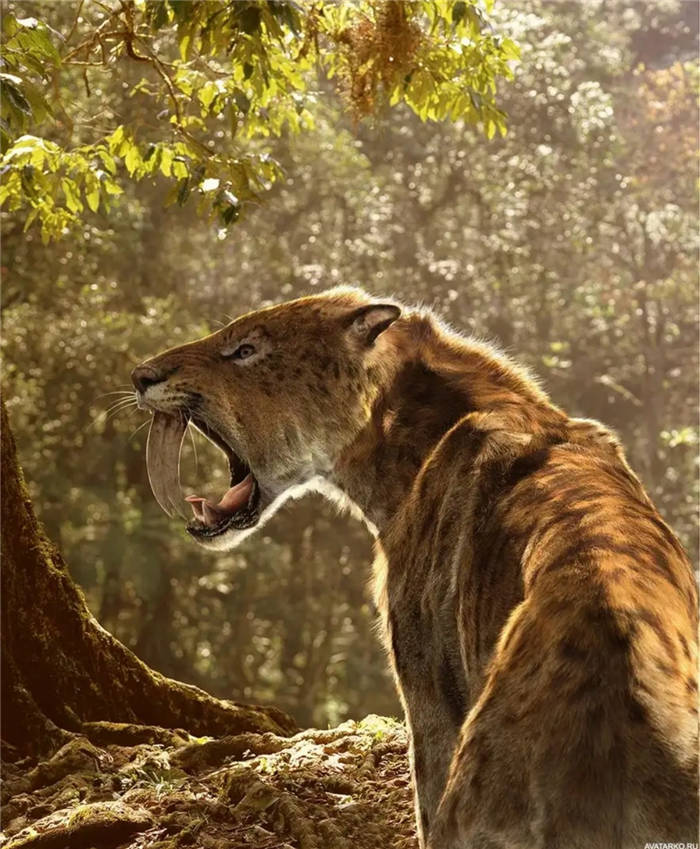
A black and white cat was carried aboard the German battleship Bismarck by a sailor whose name is unknown. On May 18, 1941 the ship left Gotenhafen with the task of sinking British merchant ships encountered on the way. After 9 days, on May 27, the ship was sunk by the British squadron, only 115 of 2200 people from the battleship survived. A couple of hours after the wreck the cat, floating on the wreck, was spotted by the British sailors from the destroyer "Cossack" and took it on board. Apart from the cat, the crew of the destroyer never managed to save a single drowning person. Since the sailors did not know the real name of the rescued cat, they gave him a new nickname – Oscar.
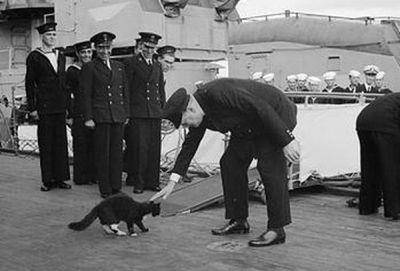
After that, for several months Oskar lived aboard the destroyer "Cossack," which accompanied the ships in the North Atlantic and the Mediterranean. On October 24, 1941 the ship, as part of the escort of the convoy HG-75, heading from Gibraltar to Liverpool, was hit by a German submarine. The ship's crew was rescued by the USS Legion. The torpedoed ship was attempted to be towed back to Gibraltar, but the deteriorating weather conditions prevented it from doing so. On 27 October the destroyer sank. So the German torpedo robbed the British fleet of a destroyer and 159 sailors who died from the explosion, but Oscar managed to escape this time as well. After that, the cat spent some time ashore in Gibraltar.
After the Cossack wreck, the sailors nicknamed the cat "Unsinkable Sam." Soon he was taken on the aircraft carrier "Ark Royal", by the way, the planes from this aircraft carrier sank his first ship "Bismarck". But Sam did not stay on the new ship long. On November 14 the ship, on its way back from Malta, was torpedoed, as was the Cossack, by an enemy submarine. They tried to take the ship in tow, but the efforts were in vain; the Ark Royal sank about 30 miles east of Gibraltar. This time there were no casualties, all the sailors and pilots, and with them the unsinkable cat Sam, were rescued.
How domestic cats appeared
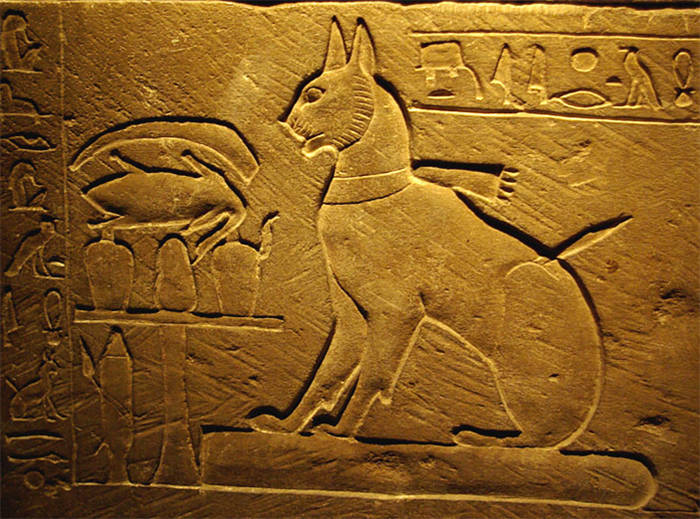
The ancient Egyptians had a special relationship with cats: they were revered as sacred animals; mummified, like humans; depicted in sculpture and on frescoes. And the very first "portrait of a cat" was painted by the Egyptians. It was a painting in a tomb south of Cairo, made around 1950 BC, that is, nearly four thousand years ago. It shows a cat staring at an approaching rat.
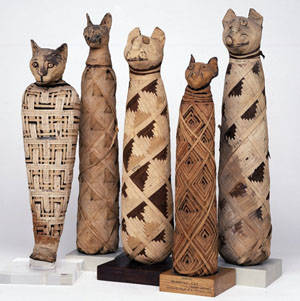
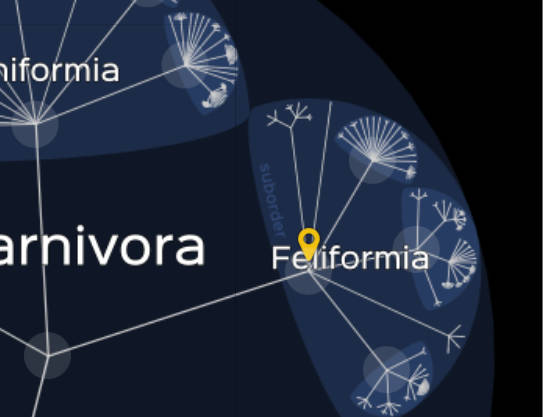
For quite a long time it was believed that the Egyptians have domesticated cats. However, in 2004, in Cyprus, discovered 9,500 years BC, in which a cat was found along with the man. It is unlikely that a wild animal would have been placed in the grave. It appeared that cats had lived with humans long before they appeared in Egypt. The homeland of domestic cats came to be considered the Middle East and Egypt was forgotten for a while. But not for long: in 2008, a burial site was discovered in southern Egypt where six cats – a male, a female and four kittens – were found. Although this burial site was younger than the Cypriot burial site (about 6,000 years old), it became clear that cats were known in Egypt much earlier than was thought until recently.
It is known that the ancestor of the domestic cat was the steppe cat Felis silvestris lybica – It still lives in the steppe, desert and partly mountainous regions of Africa, Western, Central and Central Asia, in Northern India, Transcaucasia and Kazakhstan. In 2007, it was established that all modern cats are descended from it.






